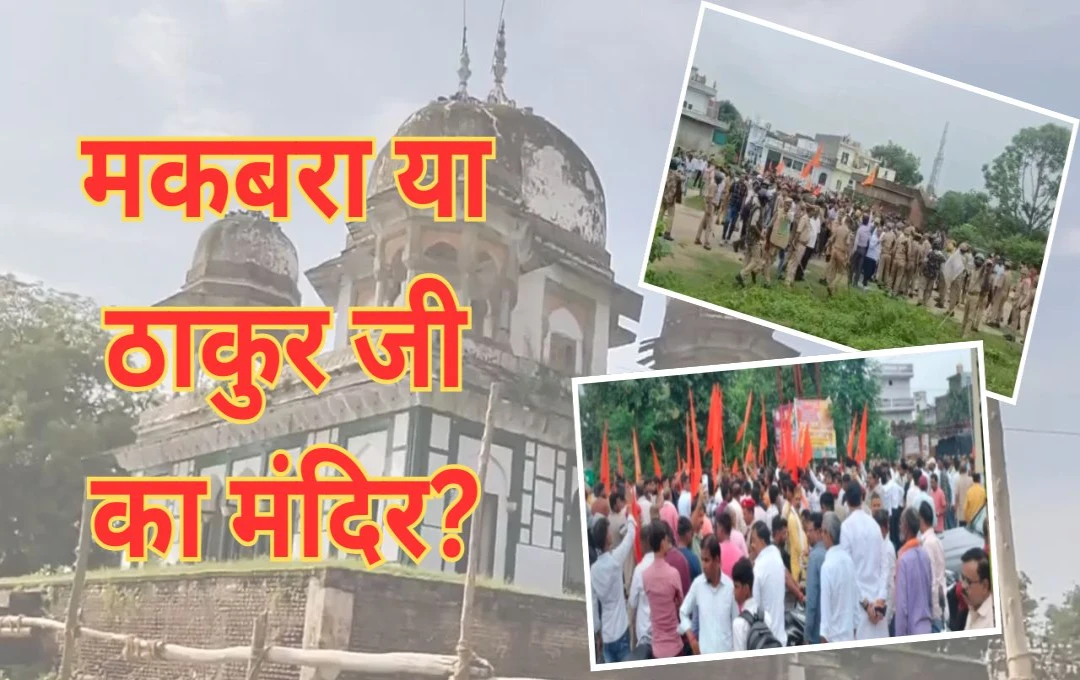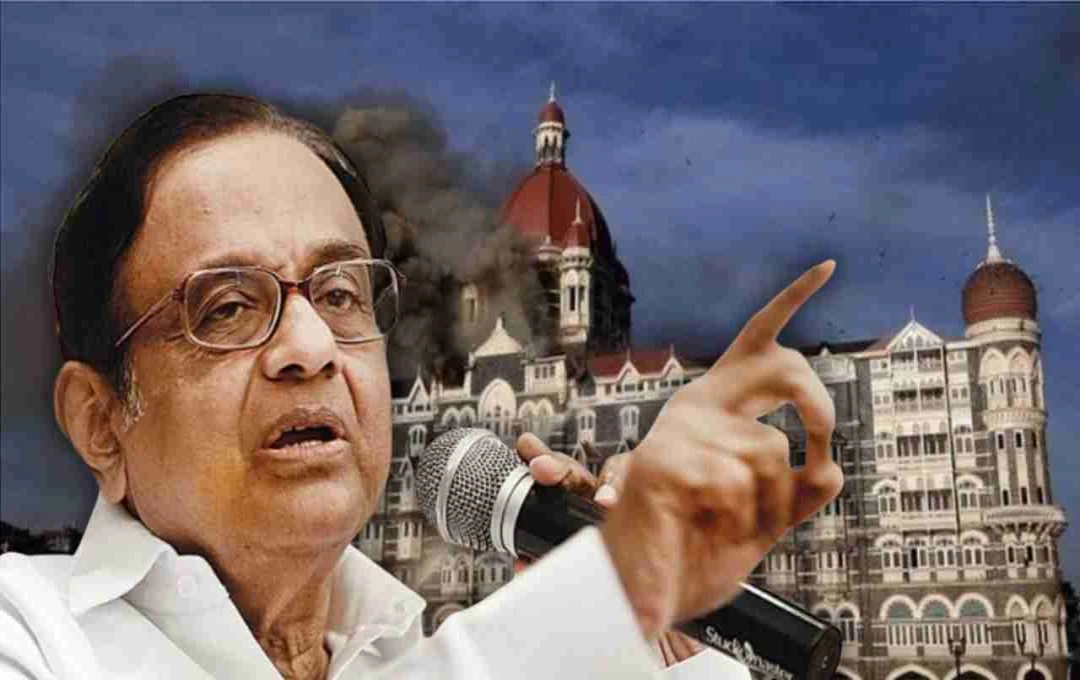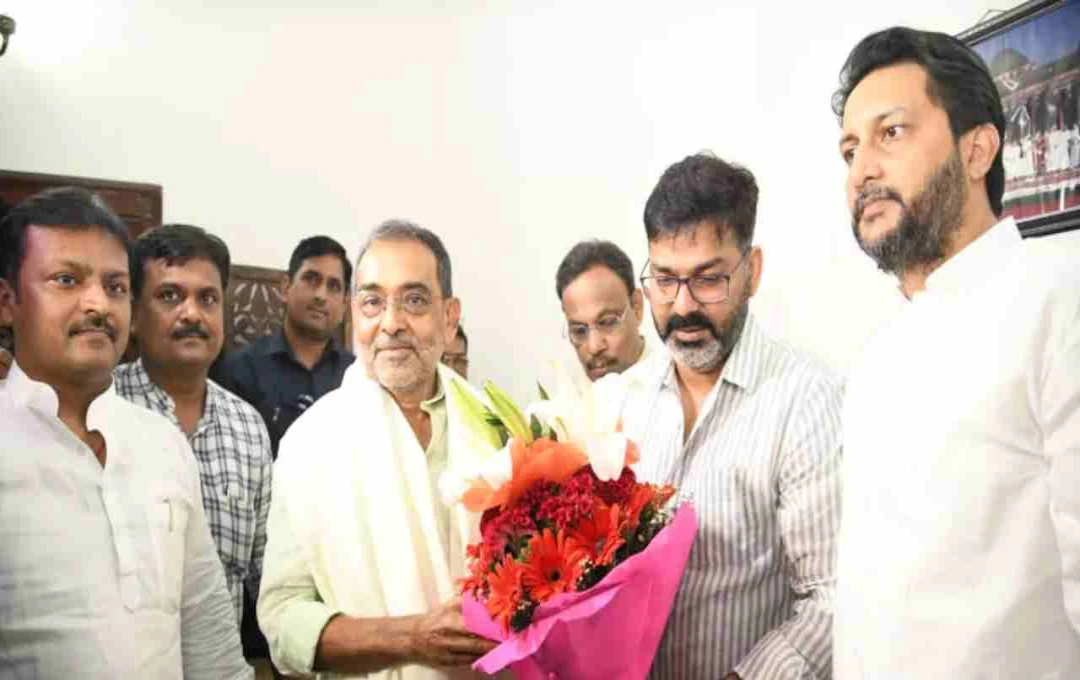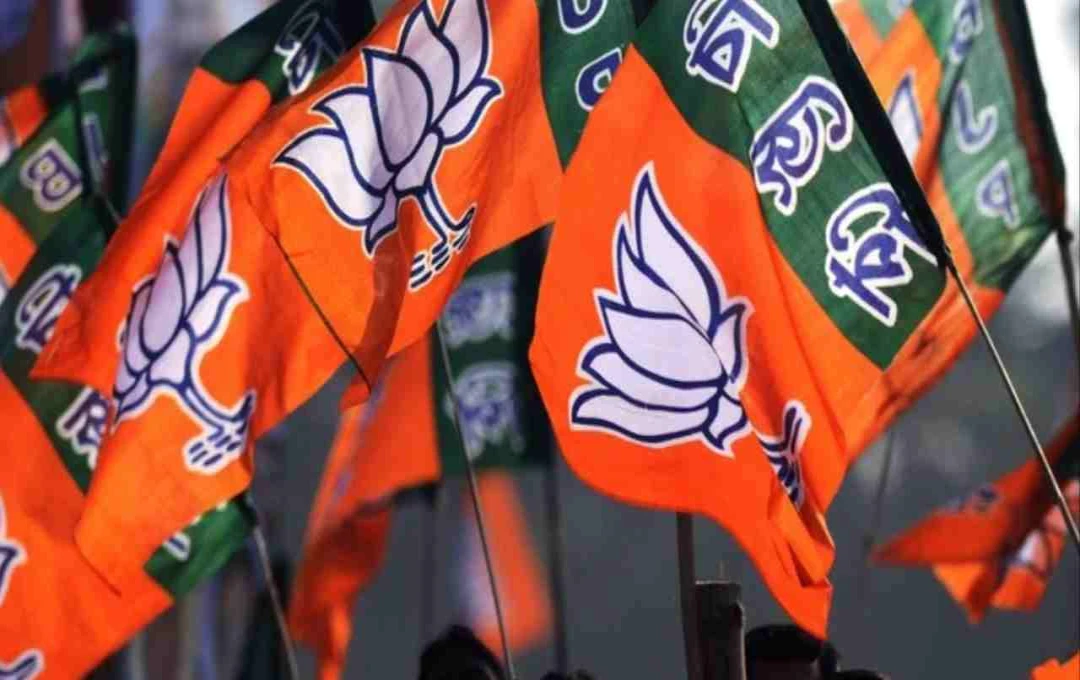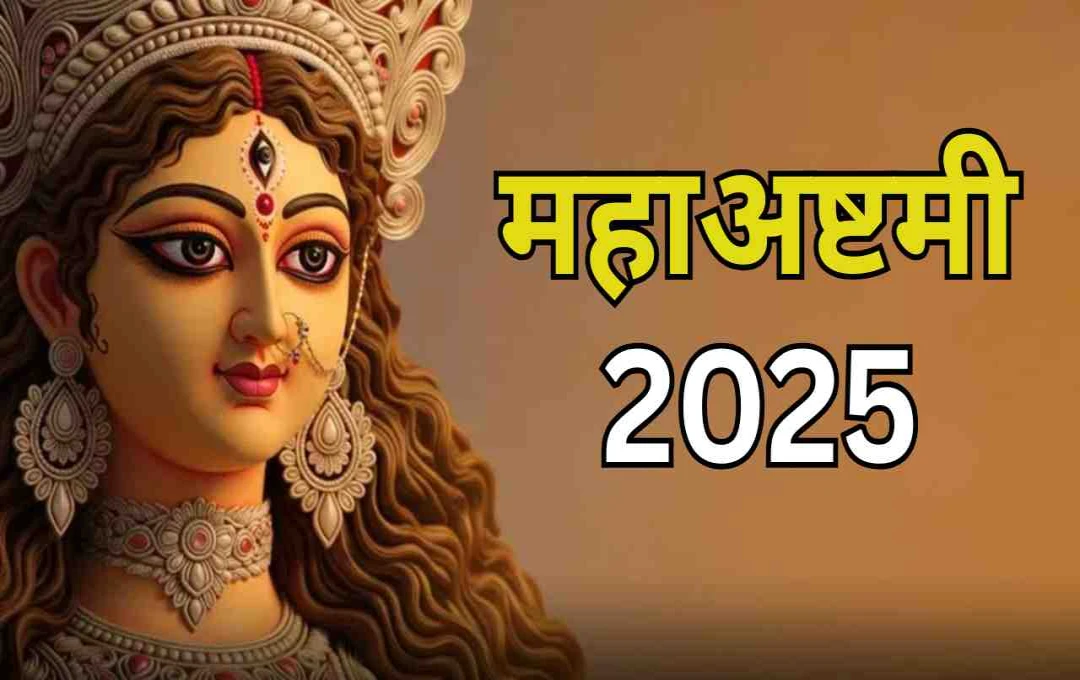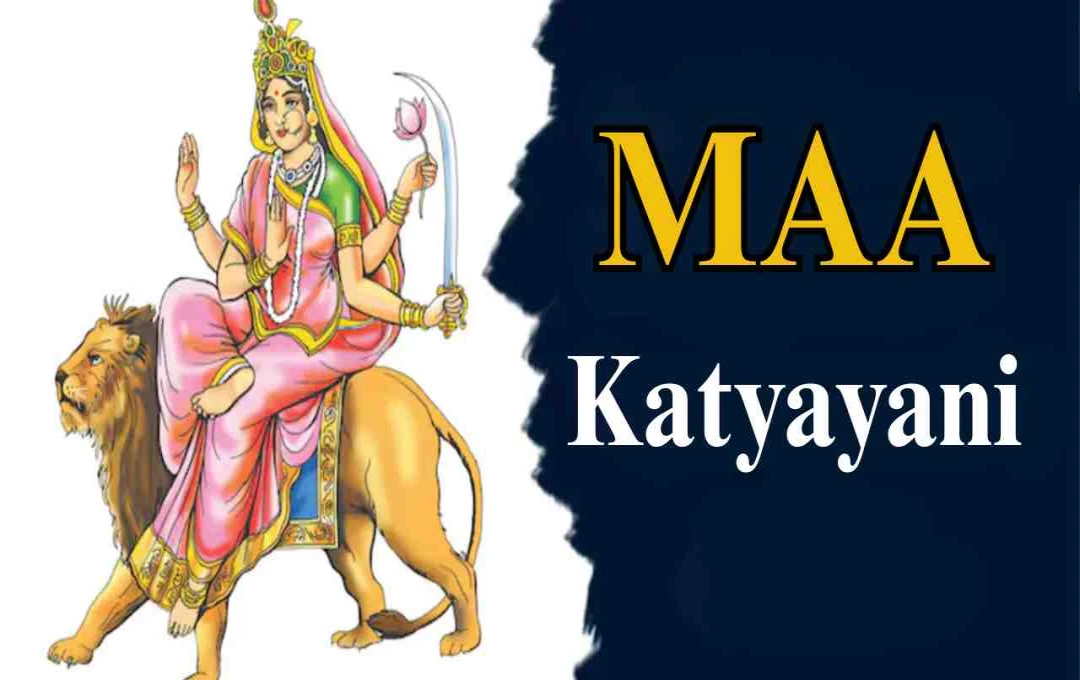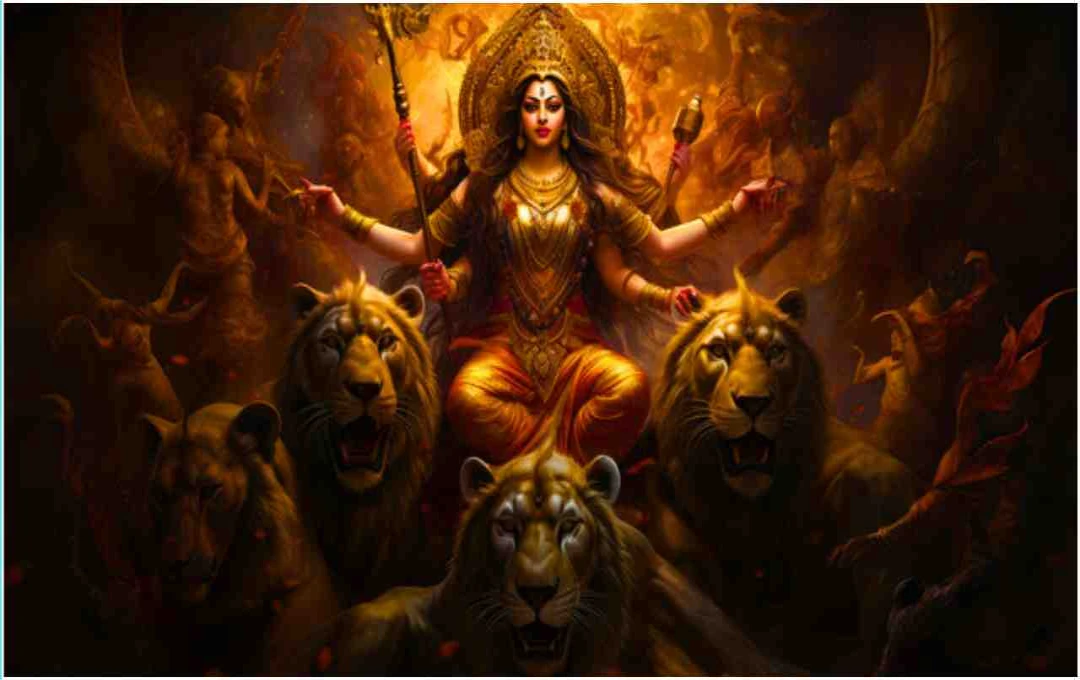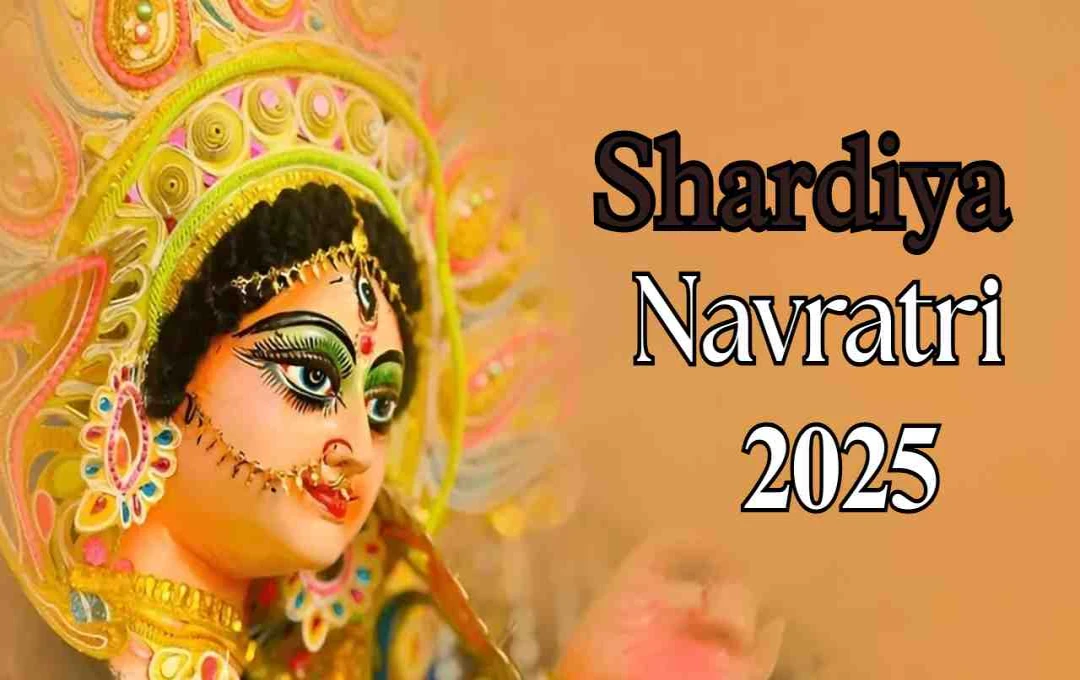The dispute over the 200-year-old Nawab Abdul Samad's tomb in the Fatehpur district of Uttar Pradesh has intensified. People from several Hindu organizations, including Bajrang Dal, have gathered near this tomb in the Abunagar Redaiya area.
Lucknow: The controversy surrounding the 200-year-old Nawab Abdul Samad's tomb in the Fatehpur district of Uttar Pradesh has escalated. Hindu organizations are claiming the tomb to be a temple of Thakur Ji, while the local administration and Muslim community consider it a historical tomb. This issue has heated up the atmosphere in the area, and both communities have come face-to-face over worship.
How did the dispute over the tomb begin?
This tomb of Nawab Abdul Samad, located in the Abunagar Redaiya locality of Fatehpur, is approximately 200 years old. For the past few days, Hindu organizations have been demanding to worship at this site, claiming it to be a temple of Shiva and Krishna. They allege that there was a temple at this place earlier, which was later demolished to build the tomb. The BJP district president, along with Bajrang Dal and Vishwa Hindu Parishad (VHP), had warned of performing prayers here on August 11.
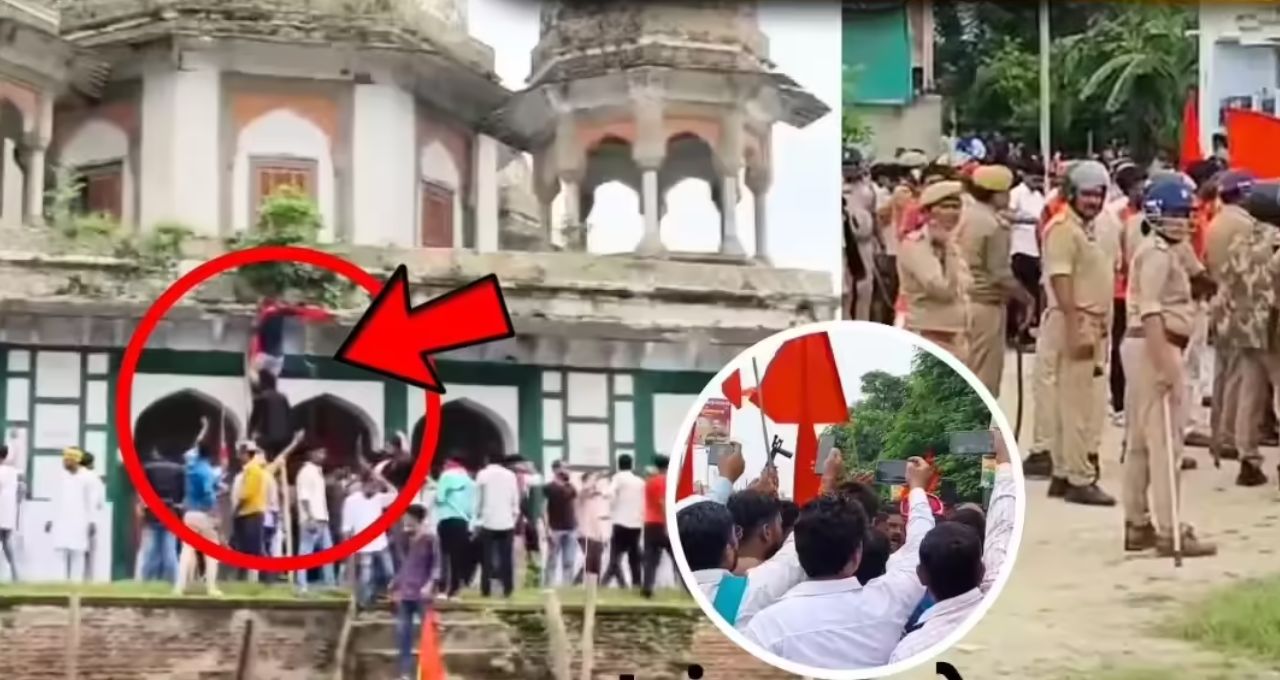
Following this warning, the administration barricaded the area around the tomb, restricting people's entry. However, members of Hindu organizations broke the barricades and started gathering for worship, leading to a tense situation.
Tension escalated despite the strictness of the administration and police
Due to the gathering of Hindu organizations near the tomb, the district administration has maintained full vigilance. Heavy deployment of police and PAC has been made, and security arrangements have been tightened at every street and intersection. Despite this, a tense situation prevails in the area. Hindu organizations claim that religious symbols like lotus flowers and tridents have been found on the walls of the tomb, which prove it to be a temple.
Meanwhile, Muslim organizations have refuted this claim and termed it as an attempt to incite religious sentiments. They stated that the government is trying to find temples inside mosques, which is further fueling the dispute.
Social and Religious Aspects of the Dispute
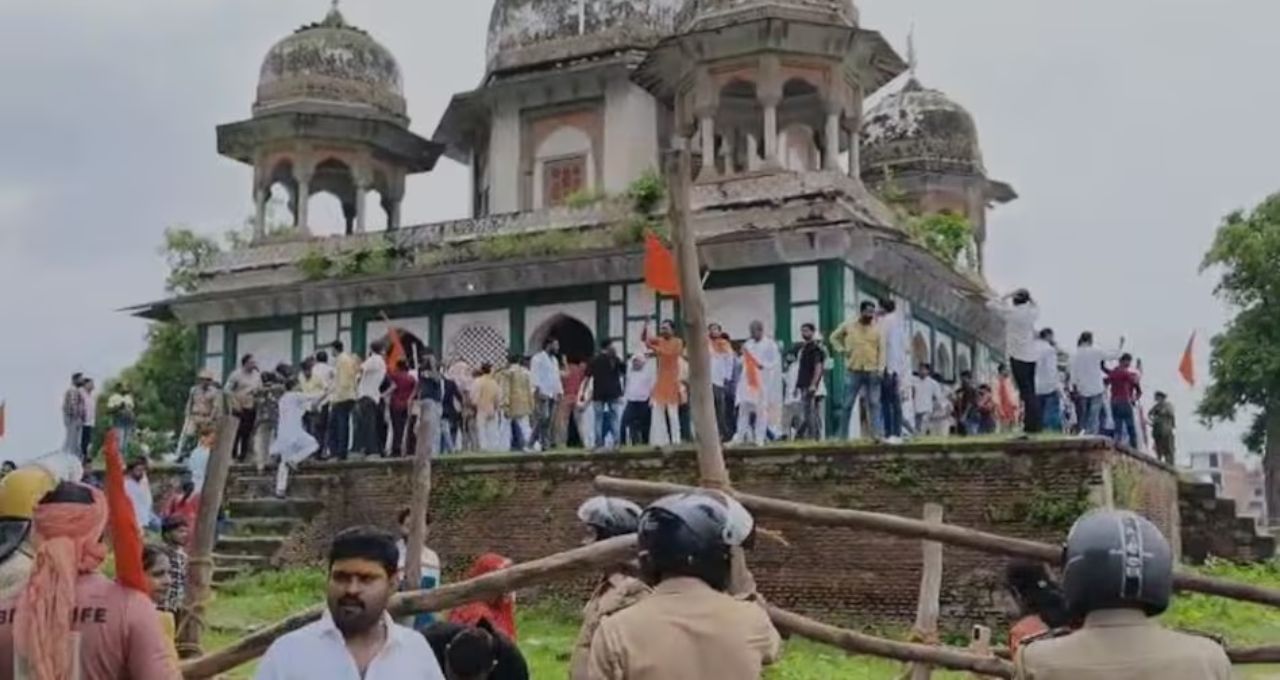
This dispute is a major example of religious and communal tension, where differences between two communities over historical monuments are deepening. This case highlights the challenge of maintaining a balance between religious freedom, cultural heritage, and social harmony. The local administration has taken necessary steps to maintain peace, but such disputes could become more violent in the future if all parties do not exercise restraint.
Disputes over religious sites are not new in India. Conflicts between religious organizations over historical tombs or temples have often occurred. In such cases, dialogue between the local administration, the judiciary, and communities is crucial to avoid violence and social unrest.
